Leave It to Beavers: Keystone Species Provides Nature-based Restoration
The North American beaver (Castor canadensis) was once ubiquitous throughout the Chesapeake Bay watershed. Mostly trapped out by the close of the 19th century, beavers have been making somewhat of a comeback, and that is great news for the Chesapeake Bay.
For the past 25 years, the Maryland Department of Natural Resources has been working with local ecological restoration firms and environmental organizations to implement what is now called a “process-based” approach to stream restoration, an essential component of bay restoration. In this approach, ecology rather than engineering is the driving force promoting improved water quality, aquatic habitat, and floodplain habitat.
And now, DNR is looking to build on these successful techniques and incorporate beaver-based restoration approaches that are done in the American west, but are becoming more of these restoration sites. Their dam building prowess traps sediments, processes nutrients, and creates lush wetland and floodplain habitat which not only filters water but provides incredibly diverse habitat for other wildlife. It’s no surprise that the North American beaver has been referred to as a keystone species.
At the 2020 BeaverCON–a biennial, international conference held in March in Hunt Valley, Maryland–wildlife and environmental professionals gathered to learn what works in human-beaver conflict management and restoration. Following the conference, DNR staff and other partners formed a Beaver Working Group to help promote the science and understanding of beavers as ecosystem engineers and to elevate “process-based” stream restoration as a climate-resilient bay cleanup tool.
Throughout 2020, the Maryland Beaver Working Group has met virtually to discuss a path forward for beavers in Maryland–seeing beavers becoming a key player in increasing wetland acreage, improving habitat for a myriad of different wildlife species, and promoting healthy watersheds for brook trout and other aquatic species in need of conservation, such as the native coastal plain sunfish.
One of the favored techniques to encourage colonization of beaver in a watershed is called a beaver dam analog (BDA). This low-tech method of nature-based restoration has gained momentum in the Mid-Atlantic region as a cost-effective, adaptive best management practice for restoring ecological function and resiliency. BDAs typically involve the installation of wooden posts and other natural materials in a stream, encouraging beavers to construct and maintain a dam. Research has shown that beaver colonization after BDA installation can help combat stream channel erosion and entrenchment by promoting sediment deposition.
Over time, the stream will become hydrologically reconnected with its floodplain, promoting riparian vegetation growth. The riparian corridor eventually becomes a robust and resilient ecosystem that allows biodiversity to flourish, which sustains the stream restoration.
To further the science and implementation of this relatively new approach, DNR is partnering with the Baltimore and Harford County Soil Conservation Districts and Ecotone, a Maryland-based ecological restoration company, to implement this approach in a number of degraded stream systems. This approach promotes ecological recovery with minimal corrective intervention. The partners in this effort are cooperatively monitoring existing beaver dam complexes to determine effects on stream temperature and fish habitat.
Early findings indicate that while some areas behind a beaver dam can see increased water temperature, the technique promotes groundwater recharge, resulting in an overall cooling effect on water temperatures.
Beavers can modify their environment more than any other animal except humans, and have a large role to play in combating climate change. For example, elevated water tables surrounding beaver-modified areas increase the density and height of vegetation, reducing diurnal fluctuation of water temperatures, maintaining base flow, and increasing aquatic habitat complexity. These environmental modifications created by beaver activity can be essential components to restoring riparian corridors and building resilient ecological systems which help to mitigate against the effects of land use changes, increased impervious surfaces, and effects of climate change.
DNR and its partners are working to place beaver dam analogs on more than three miles of tributaries in Little Gunpowder Falls in Baltimore and Harford counties. These streams and tributaries are suffering from bed and bank erosion and disconnected floodplains, which exacerbates stream flow and furthers erosion and stream degradation. Multiple landowners have signed on to collaborate on a restoration approach that relies on beaver and nature-based restoration techniques.
Low-tech, natural wood structures will encourage the river to do the work of spreading flood energies out across the floodplain. Combined with an extensive riparian planting pallet, the “lighter touch” approach will encourage beaver to colonize the site, initiating a positive and regenerative biological loop. The water moving through the stream valley will be allowed to spread out over a wide area that will slow flood velocities, increase hydrologic connection to the water table, promote sediment storage, and process nutrients. Combined, these practices will restore approximately 40 acres of stream and wetland forests and meadows.
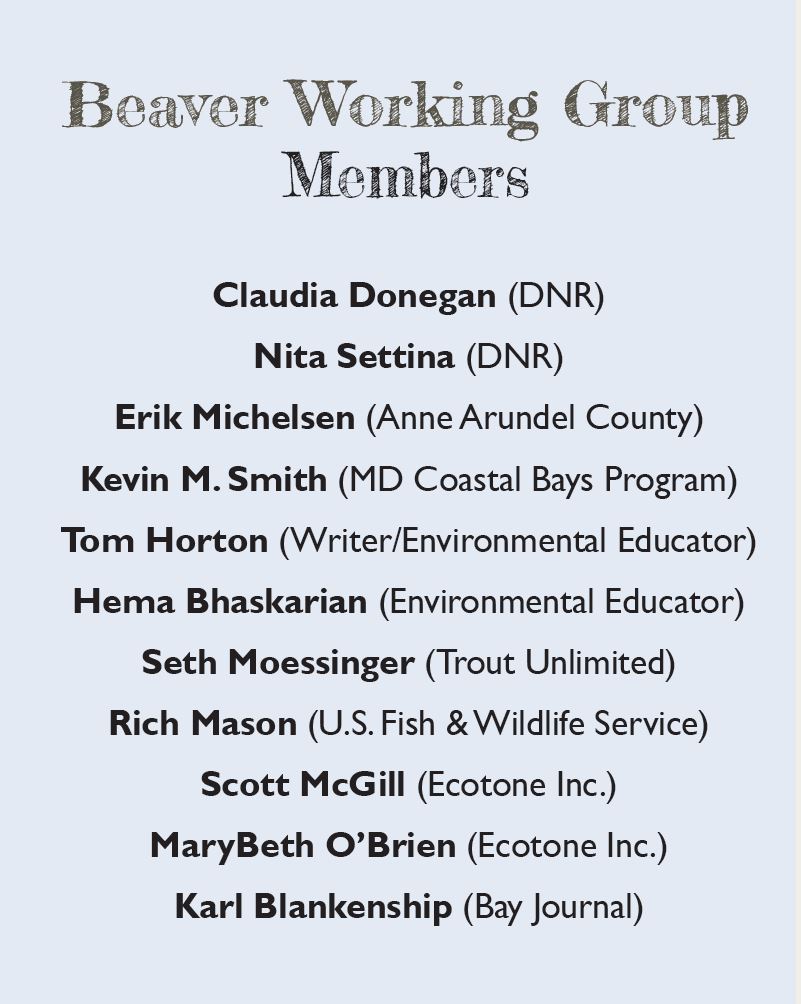 Beaver Working Group members believe that like oysters, the beaver should be thought of as a keystone species in our restoration efforts. The difference is that the beaver is at the top of the watershed. Oysters are at the bottom. Both are equally important in maintaining healthy ecosystems. But beavers can help filter nutrients and sediments before they get into the tidal systems–leaving oysters with less work to do “filtering” the bay.
Beaver Working Group members believe that like oysters, the beaver should be thought of as a keystone species in our restoration efforts. The difference is that the beaver is at the top of the watershed. Oysters are at the bottom. Both are equally important in maintaining healthy ecosystems. But beavers can help filter nutrients and sediments before they get into the tidal systems–leaving oysters with less work to do “filtering” the bay.
“We’ve scarcely begun to plumb the potential of beavers to restore water’s rightful way throughout bay landscapes,” said Beaver Working Group member Erik Michelsen of the Anne Arundel County Bureau of Public Works. “I am convinced that, even in a highly urban watershed, they can do wonders, if we just allow them to work.”
dnr.maryland.gov/wildlife
Claudia Donegan directs the Center for Habitat Restoration, Maryland Department of Natural Resources Chesapeake and Coastal Service. Article appears in Vol. 23, No. 4 of the Maryland Natural Resource magazine, winter 2021.

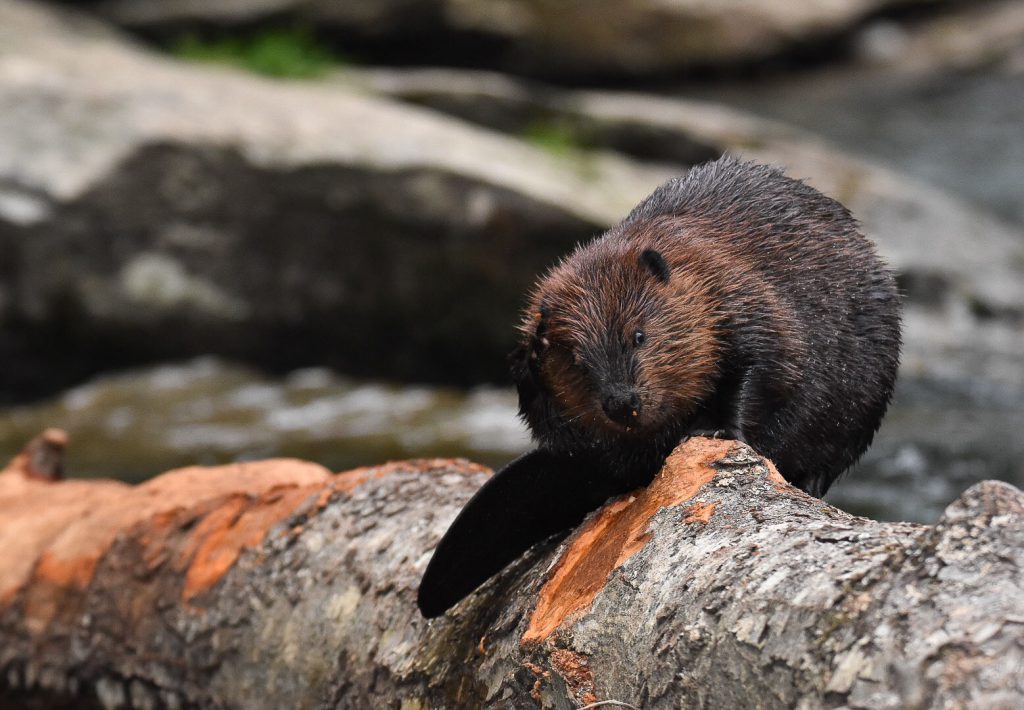
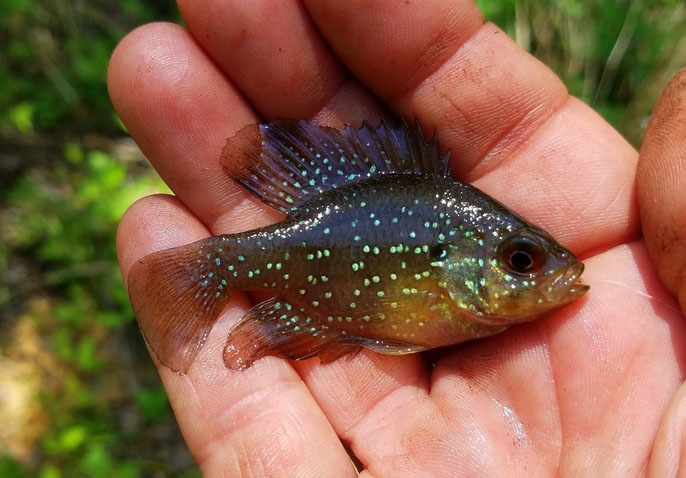
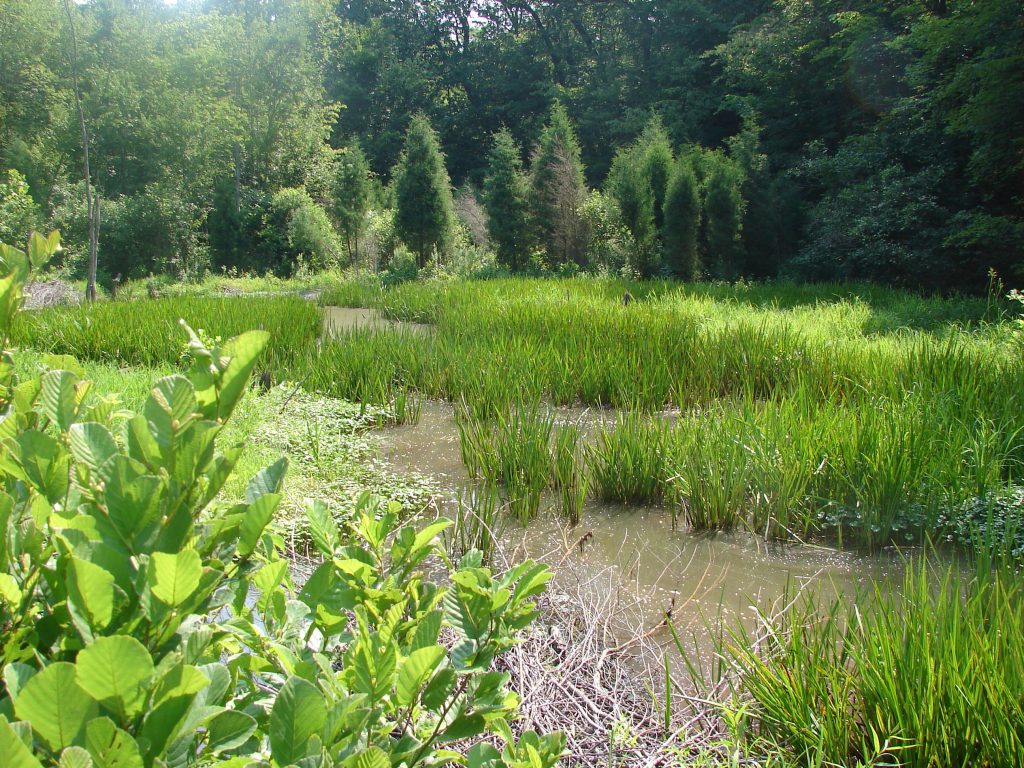
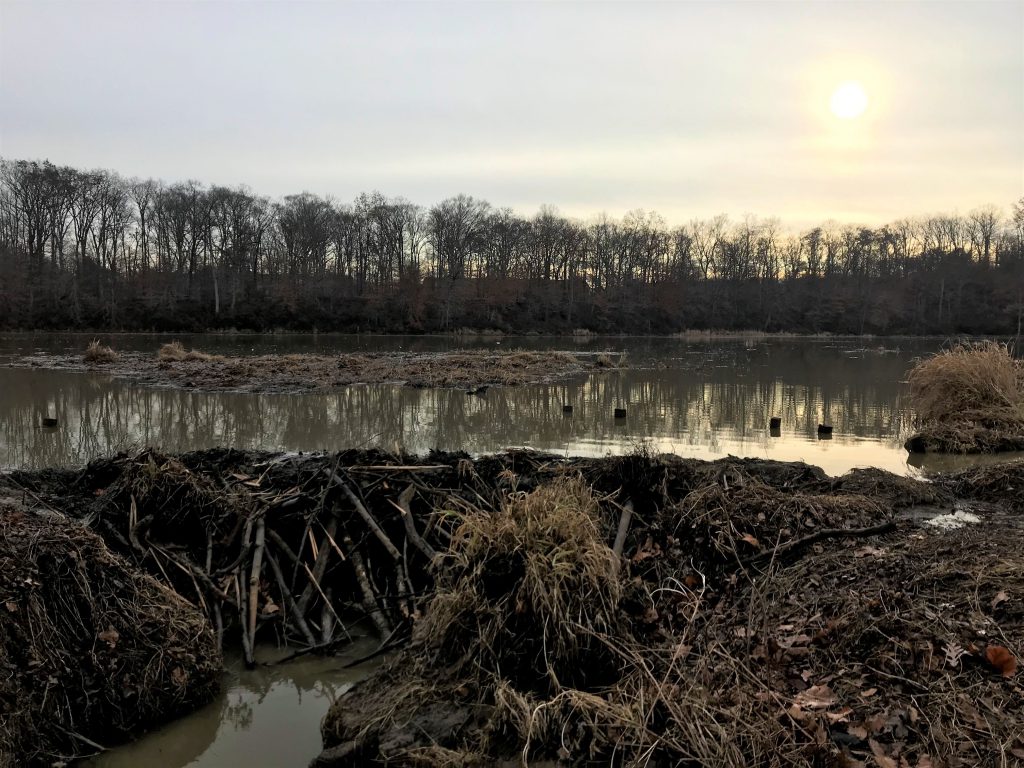
 1-888-373-7888
1-888-373-7888 233733
233733